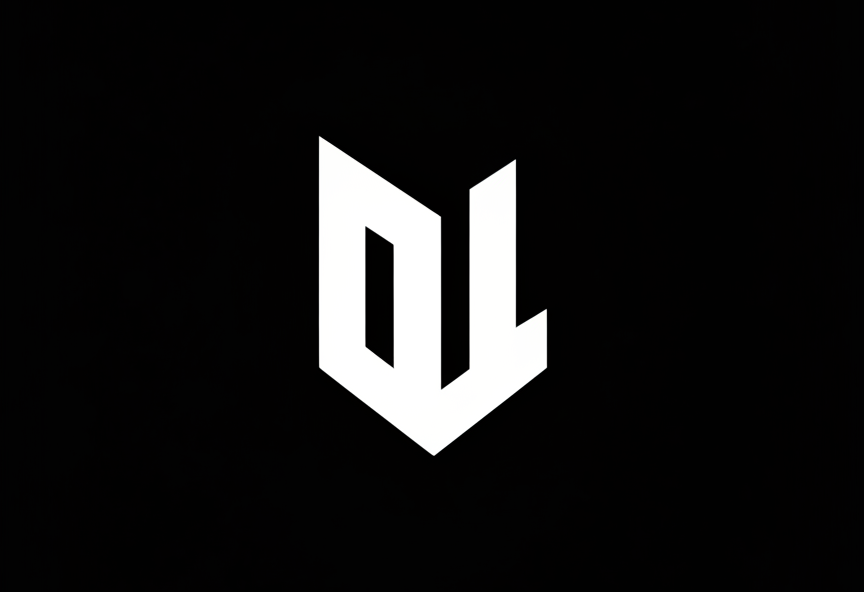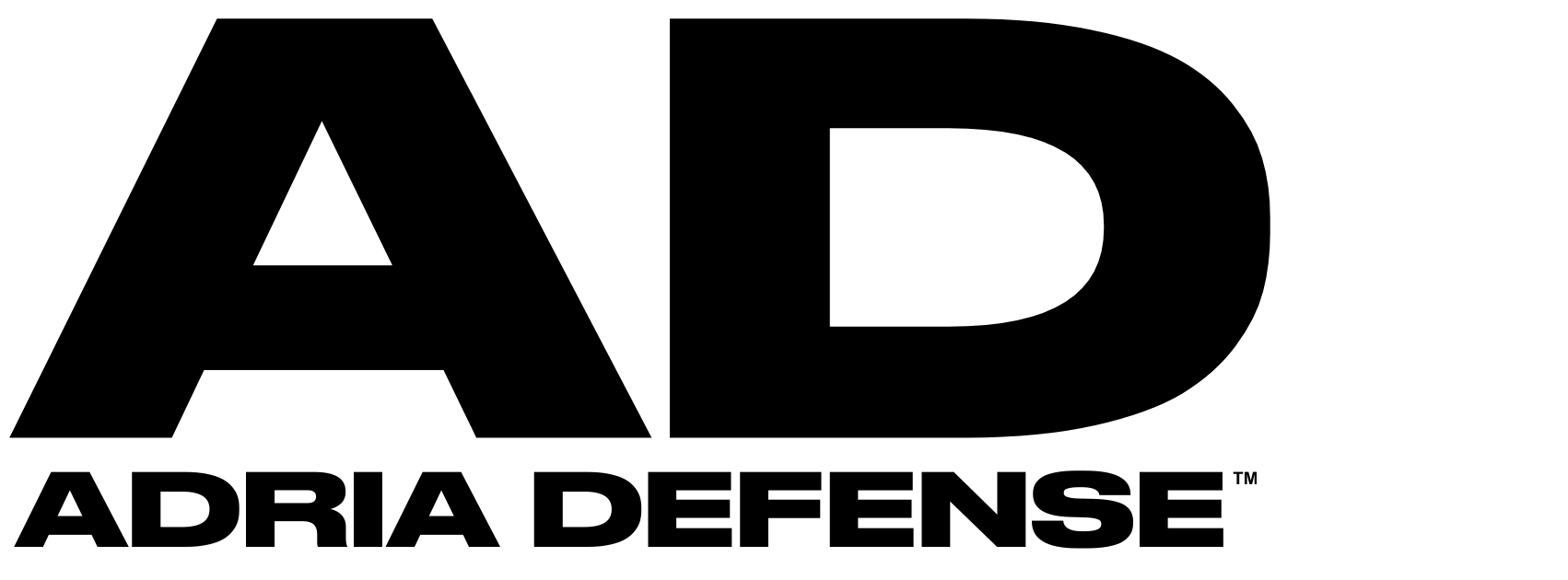Europe’s Hidden Capacity, Verified: DefenseLead Co-founder Speaks
DefenseLead’s co-founder argues the bottleneck isn’t finding factories—it’s proving export-safe supply. His “compliance-first” network normalizes specs, models the export math, and kills non-starters early, compressing months of procurement into days without inviting regulatory risk.

AD sat down with Irfan Orucevic, co-founder of DefenseLead.com, to talk about why defense procurement breaks down in the last mile, what a true trust layer looks like in a regulated market, and how his startup plans to professionalize a sector that still runs on “phone calls and favors.”
AD: In plain English—what is DefenseLead?
DefenseLead is a compliance-first sourcing network for the defense industry. We connect verified demand—ministries, primes, integrators—with verified, licensed supply—manufacturers and specialized distributors—inside a documented workflow that captures export logic, paperwork, and an audit trail. People think the job is “find a factory.” The real job is “prove this factory can legally export this SKU to this end user, in this window.” We built for that reality.
AD: Everyone claims to digitize defense. What’s actually different here?
Directories go stale the day they’re published, and brokers add opacity the moment they take a margin. We chose neither route. Every supplier on DefenseLead is a structured capability map—production lines, tolerances, QA regimes, certifications, licensing scope, export history—rather than a logo and a phone number. On the demand side, we normalize requirements: origin constraints, standards, cadence, incoterms, documentation needs. If the export math doesn’t clear, the conversation never starts. That alone saves months.
AD: You keep saying “compliance-first.” Isn’t that just a legal disclaimer?
It’s architecture. Every line item carries an export-control tag and origin constraint. Every sensitive interaction is time-stamped with who saw what and when. End-user certificates aren’t email attachments buried in inboxes; they live inside a controlled workflow with role-based access. If a rule is ambiguous, the process pauses until a legal opinion is attached. The system defaults to no until yes is provable.
AD: Walk us through a typical request.
A buyer needs EU-origin energetic material with a monthly cadence and full traceability to a specific end user. We run KYC, normalize the spec, and pre-kill anything that fails origin purity, licensing scope, or delivery window. Two “obvious” suppliers might die on export scope. Instead of spamming ten factories, we introduce two that can actually clear the bar, under NDA, with only what’s needed to quote. A compliant quote appears in days, not months. Our value isn’t “access”; it’s pruning non-starters early.
AD: Where does intelligence stop and sourcing start for you?
They’re the same problem. You can’t source without a living intelligence graph of who makes what, where, under which licenses, with what QA and export history. We maintain that graph and update it continuously. Over time it predicts feasibility—not “can produce,” but “can produce for this end user, at this spec, inside this window, with paperwork that will actually pass.” That’s the difference between chatter and execution.
AD: How do you make money without distorting incentives?
Memberships for suppliers and service providers. Buyers can post for free, and pay for premium mapping, due diligence, or concierge sourcing. For primes and ministries, we offer enterprise intelligence—supplier maps, resilience diagnostics, risk heat-maps by category and region. We don’t take success fees. If your model depends on the transaction closing, you’re tempted to push marginal deals. Our incentive is clean matches and repeatability.
AD: What’s the biggest execution risk?
Trust density. The sector runs on relationships because the cost of a bad match isn’t a lost sale; it’s regulatory exposure. We’re not replacing relationships—we’re hardening and accelerating them. If our workflow slows people down or forces unnatural behavior, we lose. The answer is simple but not easy: one clean transaction at a time, one clean audit at a time.
AD: Security in one paragraph?
Least privilege, compartmentalized data rooms, encryption in transit and at rest, tamper-evident logs, and ruthless data minimization. We don’t collect what we don’t need, and we don’t show what a counterparty doesn’t need to see. Then we stack procedural controls on top of the technical ones, because people—not servers—leak data.
AD: Give us a concrete example—no names.
A buyer needed EU-origin TNT with strict cadence and traceability. Two brand-name candidates failed once we modeled export scope and origin purity. A smaller line cleared the matrix and quoted within days. That’s the loop we want to compress repeatedly: reduce the search space to deals that can survive compliance.
AD: What does the next year look like?
Deeper automation of export tagging and EUC workflows; supplier-resilience maps so buyers can see single-point-of-failure risk; structured RFx so quotes are comparable and auditable; and connectors so primes and ministries can pull our verified supplier graph into their internal systems. None of it is glamorous. All of it moves cycle time and risk in the right direction.
AD: Final word to manufacturers and governments?
In my experience, the deals that close fastest are the ones where both sides share the same evidence early—clear specs, QA traces, provenance, lead-time realism, and a view of licensing feasibility. When that context is visible, conversations get calmer, choices get better, and risk comes down without killing speed. DefenseLead’s job is simply to make that shared context the default, so good capabilities and real demand meet each other with less friction and fewer surprises.





